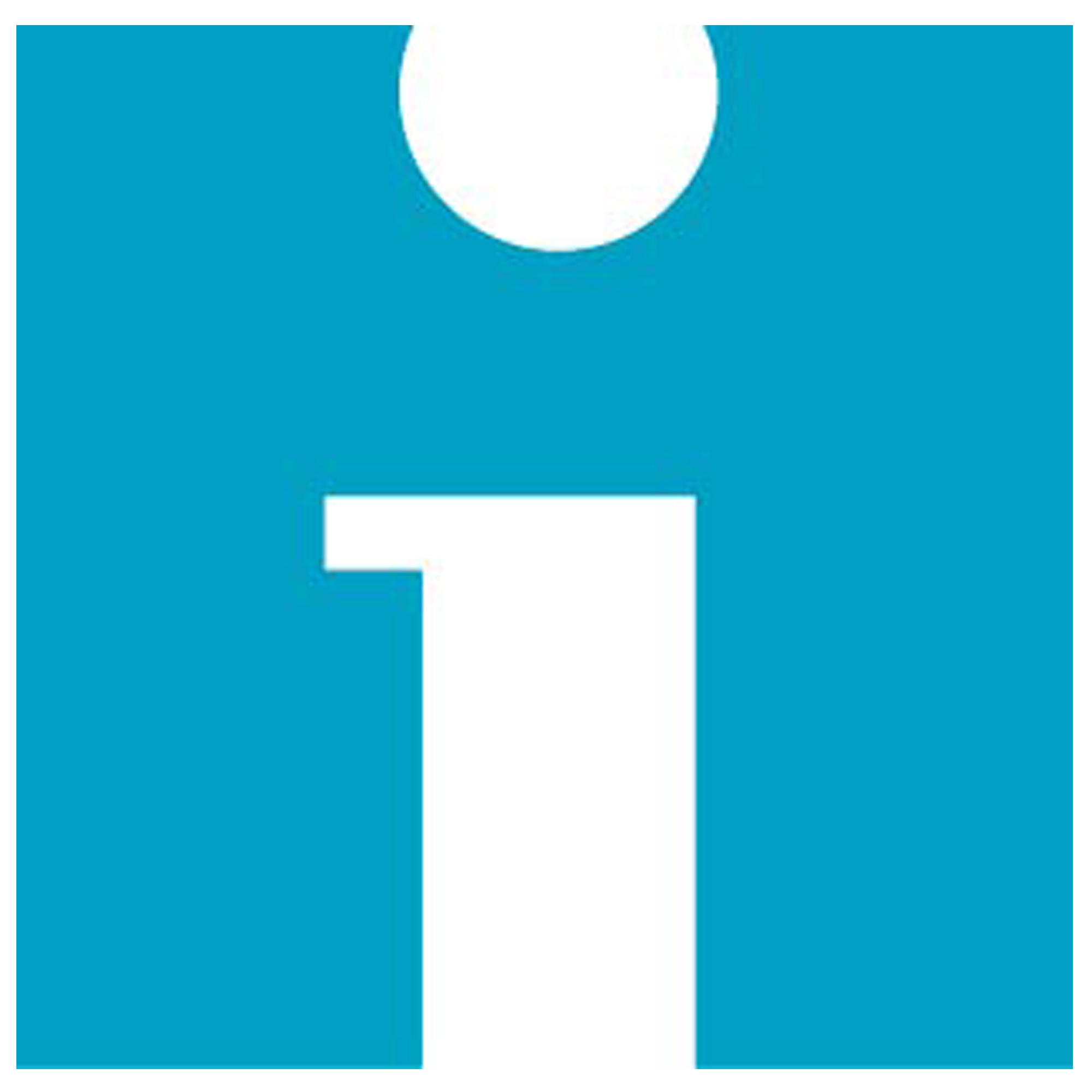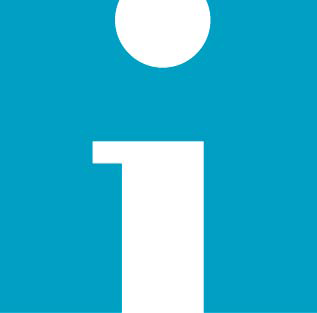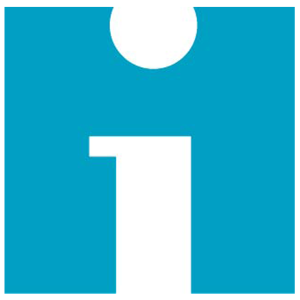

WIHI is an exciting "talk show" program from IHI. It's free, it’s timely, and it’s designed to help dedicated legions of health and health care improvers worldwide keep up with some of the freshest and most robust thinking and strategies for improving health and patient care. Learn more at ihi.org/wihi
Episodes

Friday Sep 29, 2017
WIHI: How to Beat Burnout and Create Joy in Work.
Friday Sep 29, 2017
Friday Sep 29, 2017
Date: September 28, 2017
Featuring:
- Derek Feeley, President and CEO, Institute for Healthcare Improvement (IHI)
- Jessica Perlo, MPH, Director, IHI
- Barbara M. Balik, EdD, MS, RN, Co-Founder, Aefina Partners, and Senior Faculty, IHI
- Julie Mann, CNM, MSN, Assistant Director of Midwifery, Project Manager of Quality Improvement on Labor and Delivery, Mount Auburn Hospital
Burnout among health care professionals is quite real. At times the extent of reported stress and discontent seems so overwhelming, it's hard to know how to intervene in any meaningful way. Yet, many are trying.
IHI and improvement colleagues have been looking hard at the issues surrounding burnout in health care for the past three years. The result is an action-oriented framework and a new IHI White Paper, IHI Framework for Improving Joy in Work, to help leaders and managers more effectively engage with physicians, nurses, and staff in order to find out what gets in the way of joy in work — and to develop solutions together. We assembled a great panel to address these issues and more on this episode of WIHI, How to Beat Burnout and Create Joy in Work.

Friday Sep 15, 2017
WIHI: Tuning up Health System Boards for Patient Safety
Friday Sep 15, 2017
Friday Sep 15, 2017
Date: September 15, 2017
Featuring:
- Tejal K. Gandhi, MD, MPH, CPPS, Chief Clinical and Safety Officer, Institute for Healthcare Improvement (IHI)
- James B. Conway, MS, Current Board Chair of Quality of Care Committee, Lahey Health System; Trustee, Winchester Hospital; Former Senior Vice President, IHI; Former COO and EVP, Dana-Farber Cancer Institute
- Stephen E. Muething, MD, Co-Director, James M. Anderson Center; Professor of Pediatrics & Michael and Suzette Fisher Family Chair for Safety, Cincinnati Children's Hospital Medical Center
What do we need and expect from trustees of health systems when it comes to their oversight of quality and safety? It's a question that's getting increased attention because board members aren't typically sought out or sufficiently trained for this type of expertise. Greater granularity and constant exposure aren't always the answer. Indeed, board meetings are often filled with lots of quality and safety data and other metrics that many members can't easily navigate, let alone discuss and act upon.
With a growing consensus that quality and safety must become a more prominent part of board education and continuous shared learning among all leaders, this doesn't have to be the case. The latest thinking on effectively engaging boards in quality and safety was our topic of discussion on the September 15 WIHI: Tuning Up Health System Boards for Patient Safety.

Thursday Aug 24, 2017
WIHI: Pursuing Health Equity With Curiosity: Notes from New Initiatives
Thursday Aug 24, 2017
Thursday Aug 24, 2017
Date: August 24, 2017
Featuring:
- Michael Hanak, MD, FAAFP, Associate Chief Medical Informatics Officer, Ambulatory Care & Assistant Professor, Family Medicine, Rush University Medical Center
- Michelle Morse, MD, MPH, Founding Co-Director, Equal Health; Assistant Program Director, Brigham and Women's Internal Medicine Residency Program
- Abigail Ortiz, MSW, MPH, Director of Community Health Programs, Southern Jamaica Plain Health Center
- Amy Reid, MPH, Director, Institute for Healthcare Improvement (IHI)
While there are many ways to improve health equity, few recognize the importance of curiosity as part of this work. For instance, you may have a lot of solid data pointing to outcomes disparities in your health system by race, ethnicity, and other factors. But what's behind the numbers that may be contributing to health inequities in your specific patient population and community? Are there dynamics in play that no one's considered before?
Our guests are from health system teams participating in IHI's two-year initiative known as Pursuing Equity, which is focused on deepening and broadening work to improve health equity at the clinical, institutional, and community level. At Rush University Medical Center in Chicago, this means taking steps to uncover what's behind pronounced racial and ethnic disparities in cardiovascular outcomes and care. In Boston, Brigham and Women's Hospital has teamed up with the Southern Jamaica Plain Health Center, a nearby community clinic, to tackle health equity and the complex relationship that exists between big teaching hospitals and surrounding low-income neighborhoods, including the local health center.
It's no small feat when leaders from big institutions decide that in order to more effectively work together on health equity for patients, they need to first look at themselves to reduce power imbalances and institutional racism. Why is this a groundbreaking step? And What does health equity look like in your community and where you work? In what ways is your organization making health equity a strategic priority? We addressed these questions and more on the August 24 WIHI: Pursuing Health Equity with Curiosity — Notes from New Initiatives.

Monday Aug 14, 2017
WIHI: Workplace Violence in Health Care Can't Be the Norm
Monday Aug 14, 2017
Monday Aug 14, 2017
Date: August 10, 2017
Featuring:
- Pat Folcarelli, RN, PhD, Interim Vice President, Silverman Institute for Health Care Quality and Safety, Beth Israel Deaconess Medical Center (BIDMC)
- Marsha Mauer, RN, MS, Chief Nursing Officer and Senior Vice President, BIDMC
- Christopher Casey, Director of Security Services, BIDMC

Friday Jul 14, 2017
Friday Jul 14, 2017
Date: July 13, 2017
Featuring:
- Kedar Mate, MD, Chief Innovation and Education Officer, Institute for Healthcare Improvement (IHI)
- Kavita Bhavan, MD, MHS, Director of Infectious Diseases/OPAT Clinic, Parkland Center for High Impact Clinical Outcomes Studies, Associate Professor Internal Medicine, UT Southwestern Medical Center
- Alex Anderson, Research Associate, IHI
Patients undergoing dialysis typically do so in a hospital or health care facility. Most people don't question the need to have experienced health care staff on hand or what's considered a safe environment for the treatments. But that might be changing.
A growing number of patients in Sweden have 24/7 access to special units at health systems where they schedule and conduct their hemodialysis themselves. And, inspired by Sweden, a small number of US nephrology centers are trying something similar. Even more ambitious: One of the largest safety net hospitals in the US has been teaching a few thousand patients how to administer their own IV antibiotics at home.
A team at Parkland Health and Hosptial System in Dallas, led by WIHI guest Dr. Kavita Bhavan, wanted to see if a population of patients without health insurance, whose multiple hospital days on an antibiotic drip weren't being reimbursed by anyone, might do as well and maybe even better than patients with insurance, receiving nurse-assisted IV antibiotic therapy at home, at an infusion center, or skilled nursing facility. The answer seems to be, "Yes."
This is patient engagement at a whole new level. Listen to this episode of WIHI to hear more about this groundbreaking quality improvement work.

Thursday Jun 29, 2017
WIHI: How to Fail Forward (Quickly) on the Road to Population Health
Thursday Jun 29, 2017
Thursday Jun 29, 2017
Date: June 29, 2017
Featuring:
- Soma Stout, MD, MS, Vice President, Institute for Healthcare Improvement (IHI)
- Aimee Budnik, Director, Summit County Pathways HUB, Akron Summit Community Action, Inc.
- Kim Fairley, Care Management Supervisor, North Colorado Health Alliance
- Paul Howard, MPA, Director of Community Initiatives, 100 Million Healthier Lives, IHI
Learning from failure is an important part of the quality improvement process in health care. Groups focused on improving the health of communities are equally discovering the value of "failing forward," as it's sometimes called — that is, leverage the learning from failure to accelerate progress — especially as many are going about the work in decidedly new ways.
On the June 29 WIHI, How to Fail Forward (Quickly) On the Road to Population Health, we looked in on two communities who emerged from a boot camp of sorts known as Spreading Community Accelerators through Learning and Evaluation, or SCALE. Funded by the Robert Wood Johnson Foundation and part of the larger 100 Million Healthier Lives initiative, SCALE comprises 24 communities who have spent the past 24 months learning new leadership skills and, for the first time, improvement methods to deepen their work on a range of community health issues. SCALE communities are engaged with everything from reducing chronic disease among homeless women and decreasing teen pregnancy, to replacing food deserts with affordable, healthy options, to building greater resiliency among children traumatized by violence.

Tuesday Jun 27, 2017
WIHI: How to Beat the Boring Aspects of QI
Tuesday Jun 27, 2017
Tuesday Jun 27, 2017
Featuring:
- Christina Pagel, PhD, MSc, IHI Fellow and 2016-2017 Harkness Fellow in Health Care Policy and Practice (Commonwealth Fund)
- Jennifer Reed Beloff, RN, MSN, APN, Executive Director of Quality, Brigham and Women's Hospital
- Dorien Zwart, MD, PhD, 2016-2017 Harkness Fellow in Health Care Policy and Practice (Commonwealth Fund)
Learning from failure is an important part of quality improvement in health care. But what can we learn from improvement efforts that languish or stall due to the inglorious nature of the work itself?
This issue has caught the attention of a researcher and a physician who argue in arecent article in NEJM Catalyst that not all QI initiatives are created equal; some are inherently more interesting and enjoy a higher profile in an organization (e.g., reducing sepsis), while other projects, no matter how necessary (e.g., decreasing patient no-shows), occur out of the spotlight, are tedious and, sometimes, just plain boring. Is that a fair characterization of what goes on in your organization? Would you put it another way?
Of course, what's boring is often in the eye of the beholder. Developing the technological and administrative processes needed to get information from primary to acute care — and the other way around — in a timely, accurate fashion may cause the eyes of some members of your clinic staff to glaze over, while others are completely energized. We discussed navigating that dynamic with our guests on the June 14 episode of WIHI.

Tuesday Jun 27, 2017
Tuesday Jun 27, 2017
Date: June 1, 2017
Featuring:
- Bob Wachter, MD, Chair, Department of Medicine at the University of California, San Francisco
- Tejal Gandhi, MD, Chief Clinical and Safety Officer, Institute for Healthcare Improvement

Tuesday Jun 27, 2017
WIHI: Seven Popular Improvement Tools: How (and When) to Use Them
Tuesday Jun 27, 2017
Tuesday Jun 27, 2017
Date: May 18, 2017
Featuring:
- David M. Williams, PhD, Executive Director & Improvement Advisor, Institute for Healthcare Improvement
- Susan Hannah, Head of Improvement Programmes, Early Years Collaborative & Raising Attainment for All, Scottish Government
At IHI, we do our best to keep our fingers on the pulse of the health care improvement world — what trends are emerging, what projects are happening, and what improvers need to do their work. And improvement tools clearly make a difference. In fact, in March of this year, in just one month, you downloaded IHI’s tools about 16,500 times. So, for this WIHI, we want to make sure you’re getting the most out of them, and when to use these tools in your improvement work.
With guidance from improvement experts David Williams and Susan Hannah, we tackled those questions and more on the May 18 WIHI, Seven Popular Improvement Tools: How (and When) to Use Them.
Wondering what improvement tools we focused on?
- PDSA
- Time Series Charts: Run Chart and Control Chart
- Process Map
- Scatter Diagram
- Driver Diagram
- Pareto Chart
- Cause and Effect Diagram
Download IHI's QI Essentials Toolkit with instructions and templates for 10 key improvement tools.

Tuesday Jun 27, 2017
WIHI: The High Stakes of Health Care Policy
Tuesday Jun 27, 2017
Tuesday Jun 27, 2017
Date: May 3, 2017
Featuring:
- John E. McDonough, DrPH, MPA, Professor of Practice, Harvard TH Chan School of Public Health
- John B. Chessare, MD, MPH, President and CEO, GBMC Healthcare (Baltimore, Maryland)
A lot of the quality and safety improvements that have taken place in recent years in the US — think reducing hospital-acquired infections, creating safety cultures, implementing team-based primary care — have occurred regardless of what was or wasn't happening in Washington, DC. While political debates raged on, somehow the health care quality improvement movement continued to move ahead. However, with the enactment of the Affordable Care Act in 2010, government became more of a force for change, expanding access to care and insurance, and steering health care toward better value and performance.
To understand what continues to keep some health care leaders up at night, we turned to GBMC Healthcare President and CEO, John Chessare. A member of the IHI Leadership Alliance and a strong proponent of population health and pursuing the Triple Aim, Dr. Chessare says many systems like his are changing for the better in ways most of the public knows nothing about. Dr. Chessare was joined by John McDonough, a prominent and prolific health care policy expert with decades of experience shaping, engaging with, and explaining health care policy.
With the health care policy landscape changing on a daily basis, the May 3 WIHI: The High Stakes of Health Care Policy is a great place to start to understand the journey from the Affordable Care Act to where we may be heading.